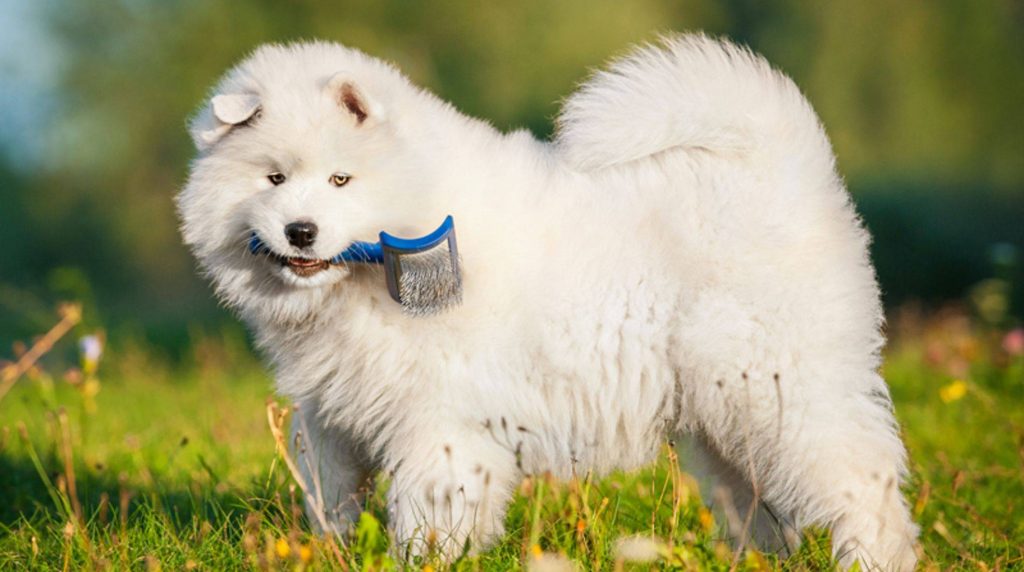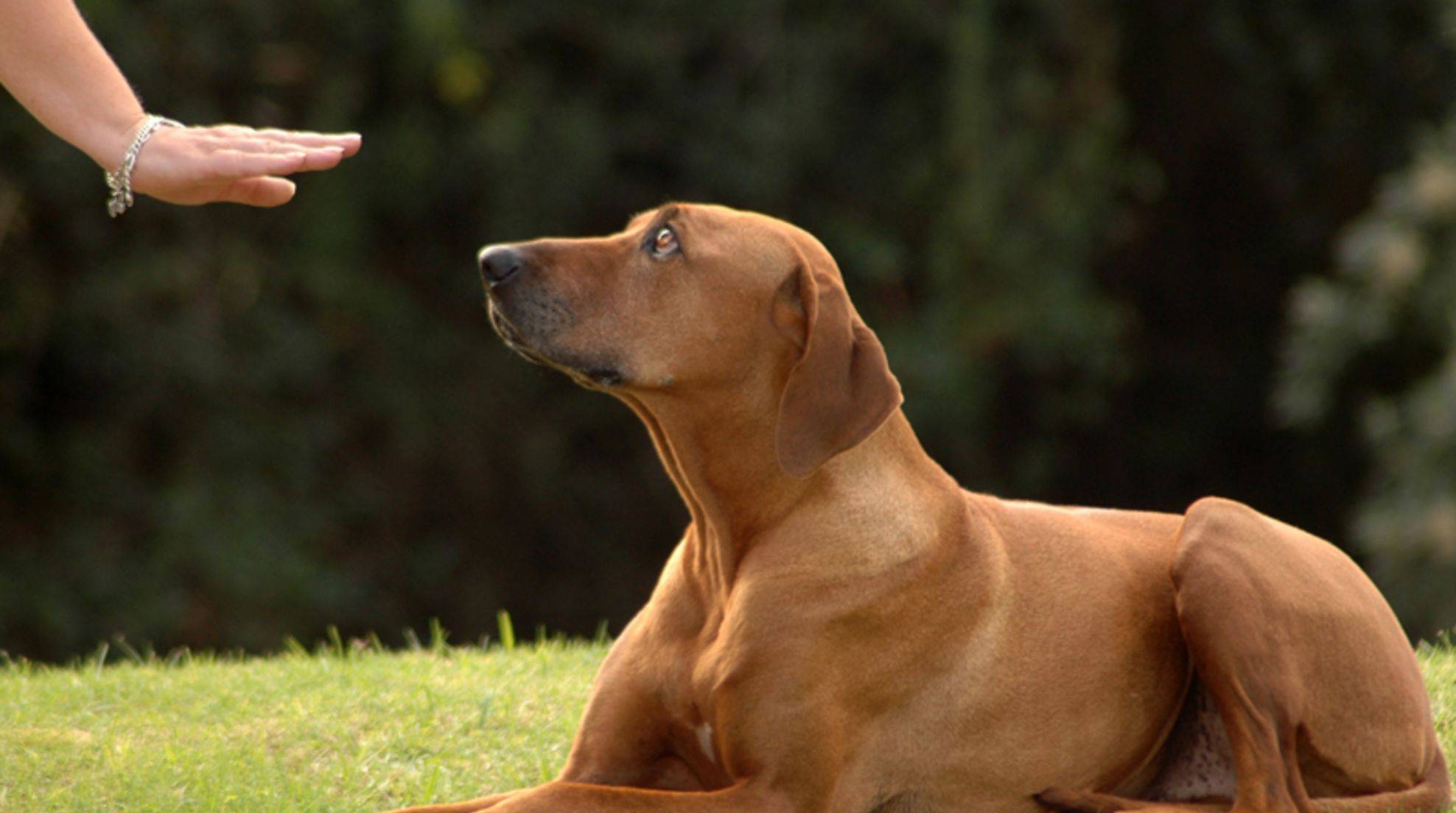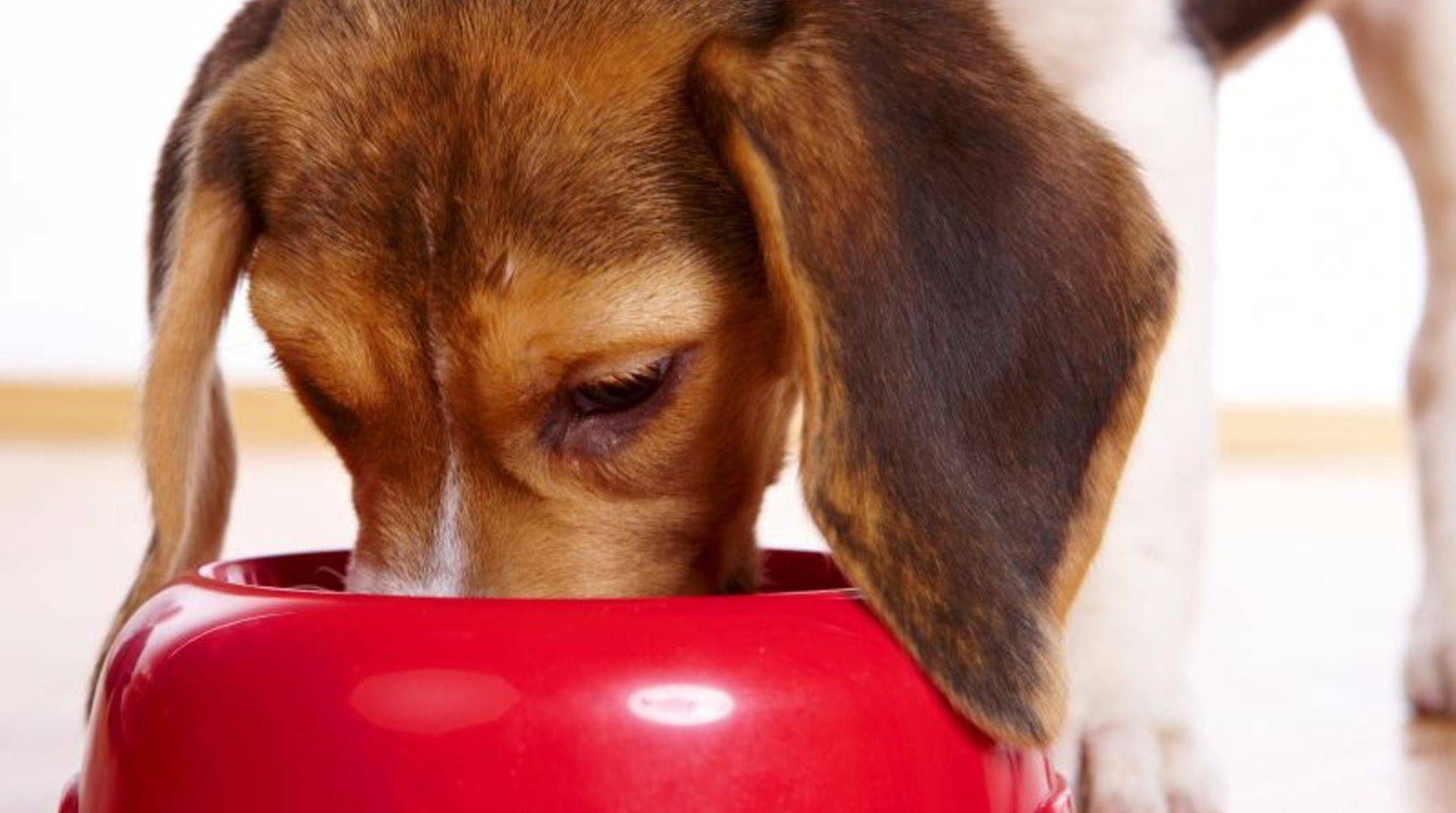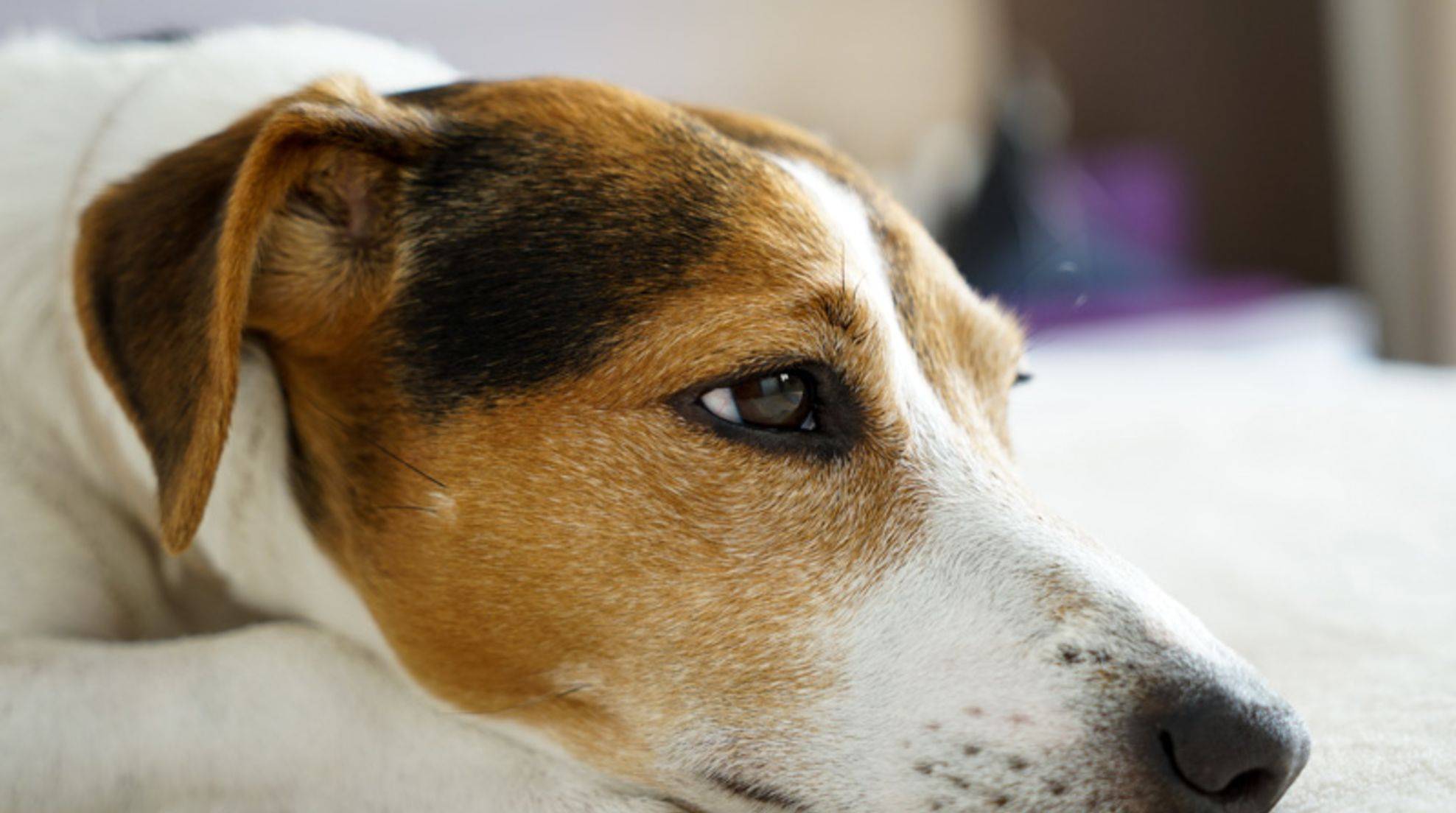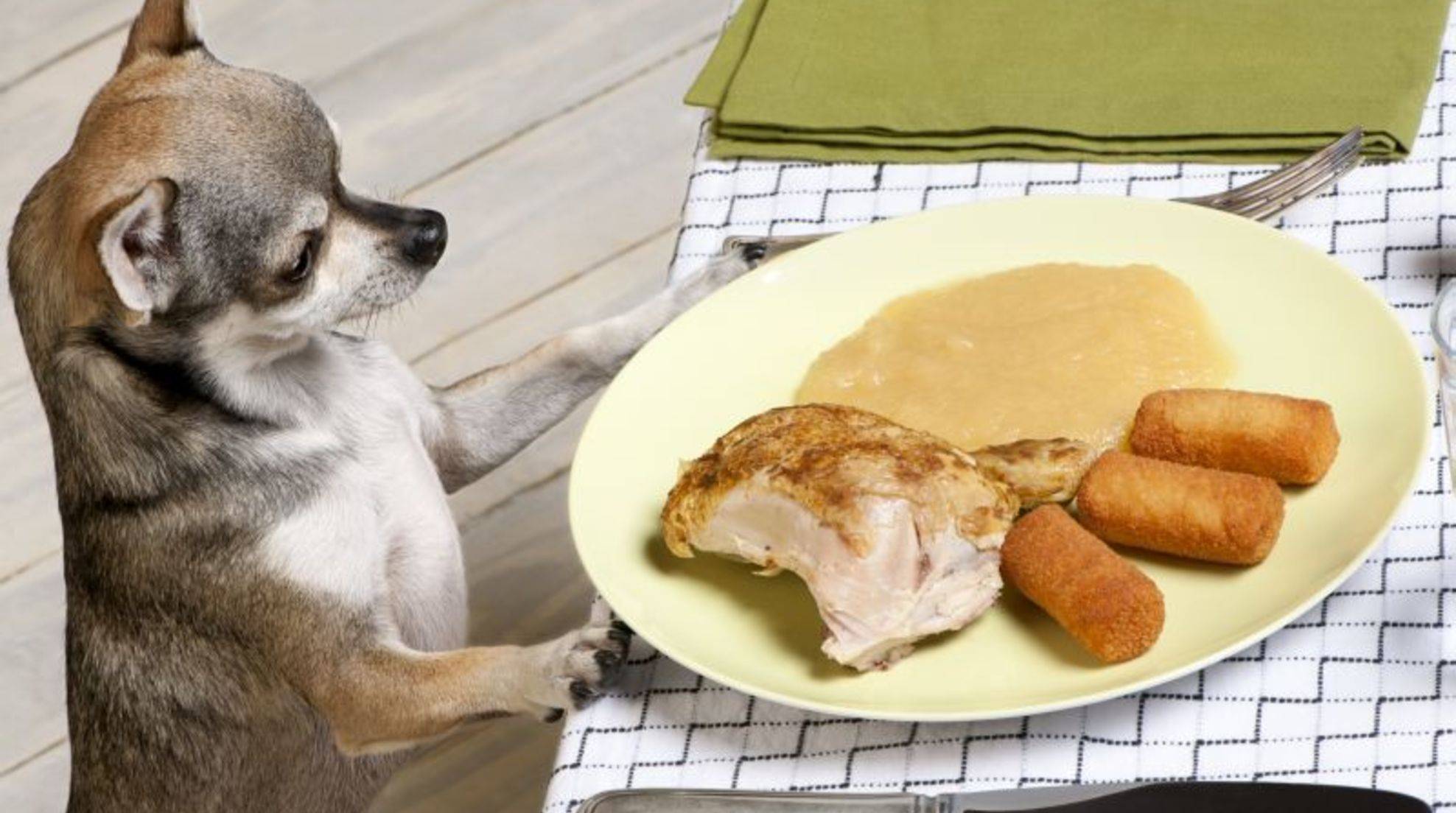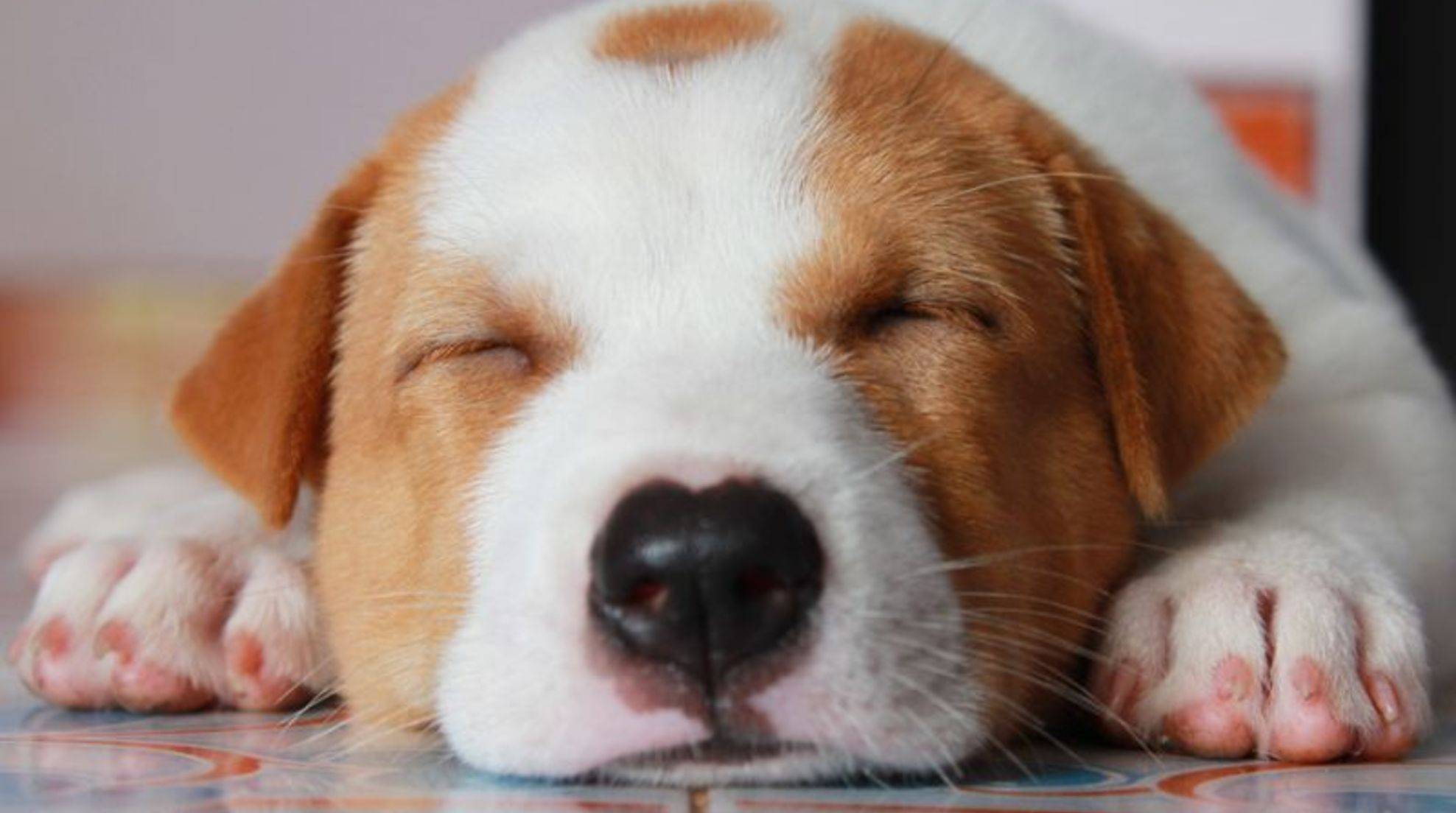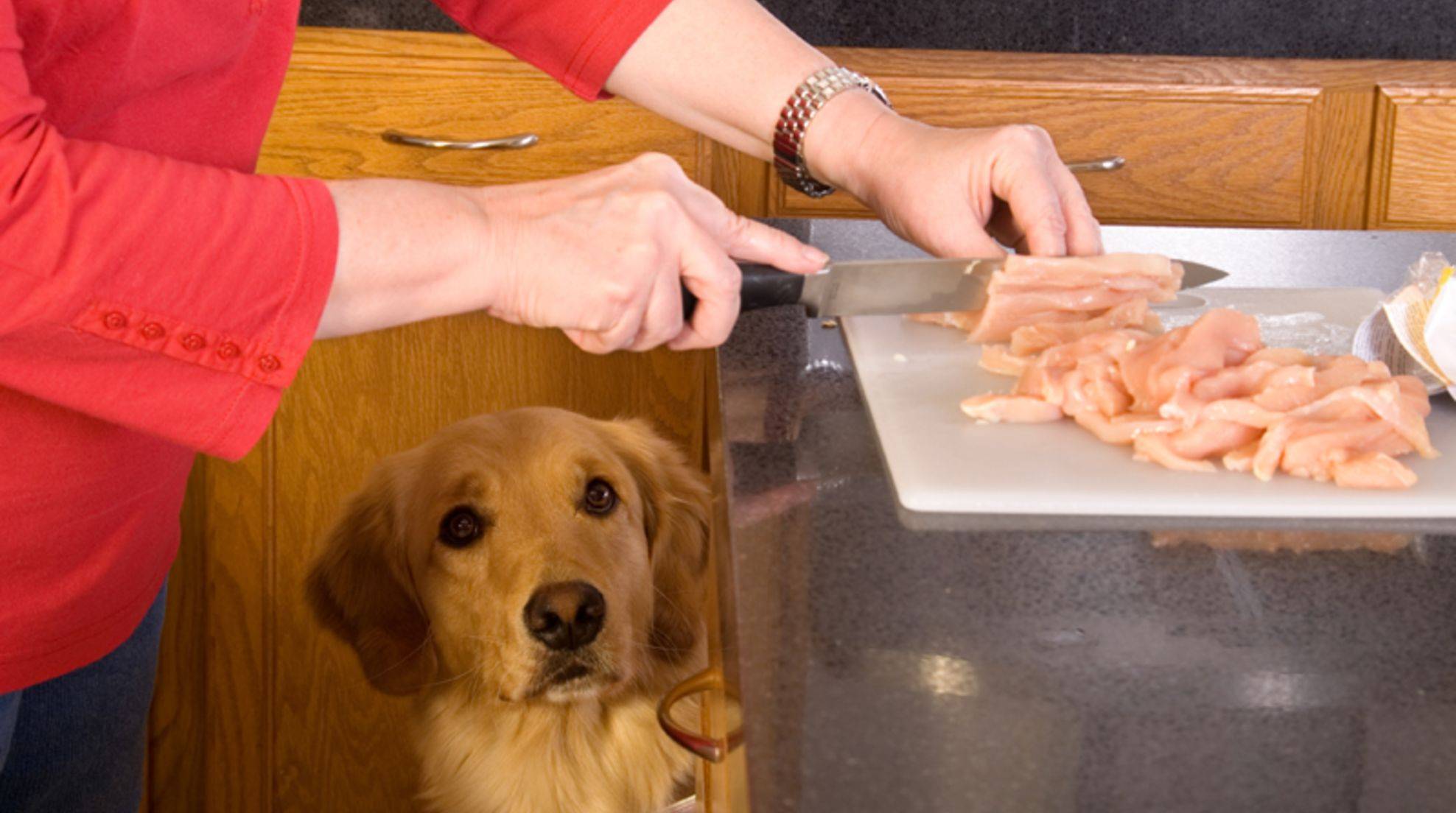Care for long hair coat: How to keep the dog hair beautiful
Long-haired dog breeds need regular coat care to keep the dog healthy and the dog’s hair beautiful. Matted fur is unpleasant for the animal, but it can also cause skin problems. Those who do not take care of the dog’s coat care also risk not detecting parasites in time. Here you will find tips on the proper care of long-haired four-legged friends.
Depending on the dog breed and hair structure, coat care requires different time and effort from the dog owner. As a rule, you should comb or brush your long-haired four-legged friend several times a week. Ensure that the brushes and combs used are pleasantly soft and do not hurt the animal.
Care of the longhair fur: combs & brushes correctly selected.
Grooming utensils with natural bristles or adequately coated wire bristles are best. They gently remove loose hairs without pulling or scratching. During the coat change in autumn and spring, you should help your dog get rid of excess hair daily. For this case, an additional fine-toothed comb is proper.
Do long-haired dogs need to bathe more often?
It would help if you only bathe your dog when it is necessary – this also applies to four-legged friends with long coats. After your pet has rolled around in the dirt, a short bath now and then is acceptable. But only use shampoos suitable for dogs and only for stubborn dirt. Often lukewarm water is enough to remove the dirt. You mustn’t irritate the sensitive skin of your animal companion too much.
However, if your dog is constantly wallowing in mud, you should try to stop it – or avoid muddy puddles on your walk. Because even with a mild dog shampoo, the sensitive skin of four-legged friends can’t withstand a weekly bath.
When is a visit to the groomer necessary?
Once a year, every long-haired four-legged friend should also visit the groomer. In addition to grooming, the groomer will also take care of your pet’s claws, ears, and paws. In addition, the professional will certainly be happy to give you tips on how to improve dog fur care at home. For example, you can trim the tufts of fur on the paws between the toes at home.
However, it would help to leave more complicated dog hairstyles to a professional before you accidentally hurt your dog with the scissors or use the wrong tool. Wire-haired dog breeds require regular trimming of the coat. The experienced groomer will be happy to take care of this as well.

